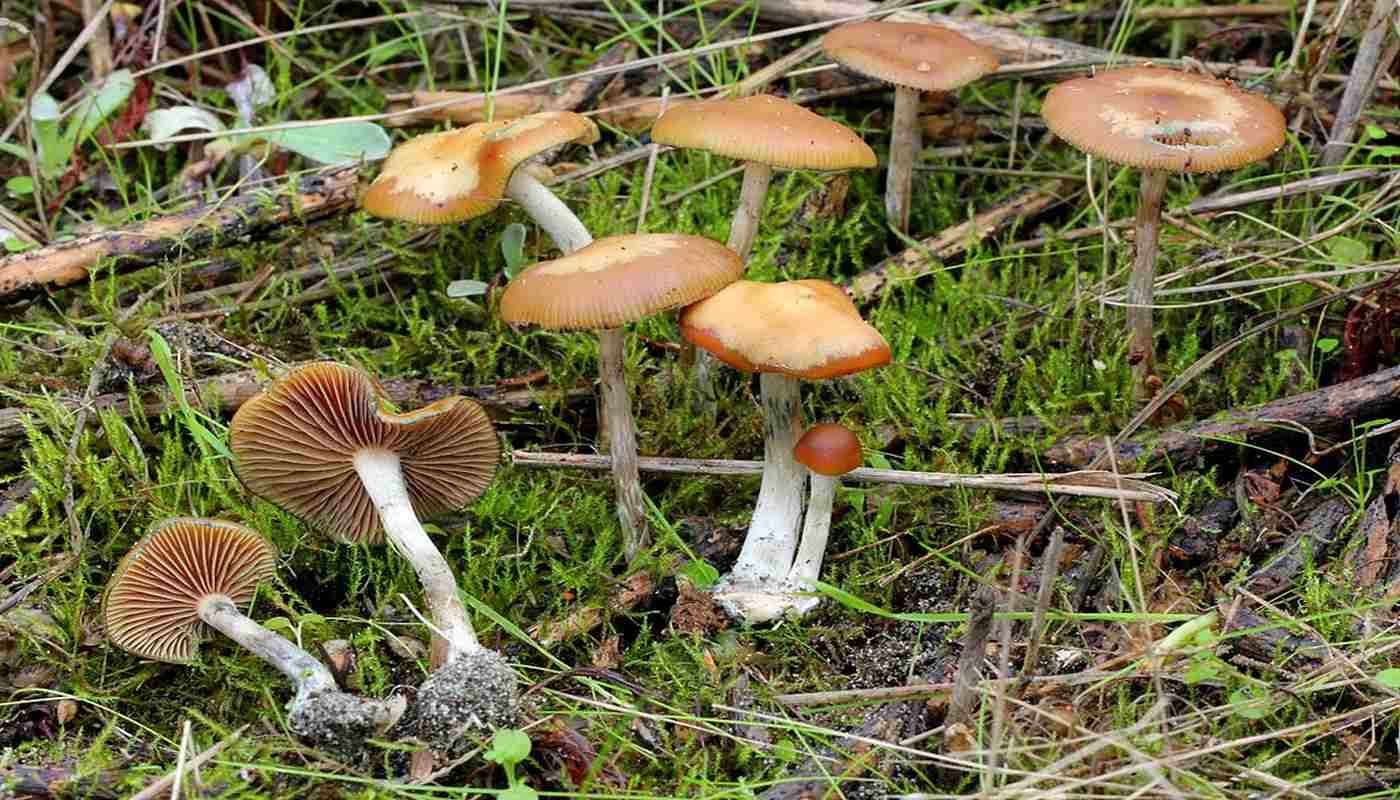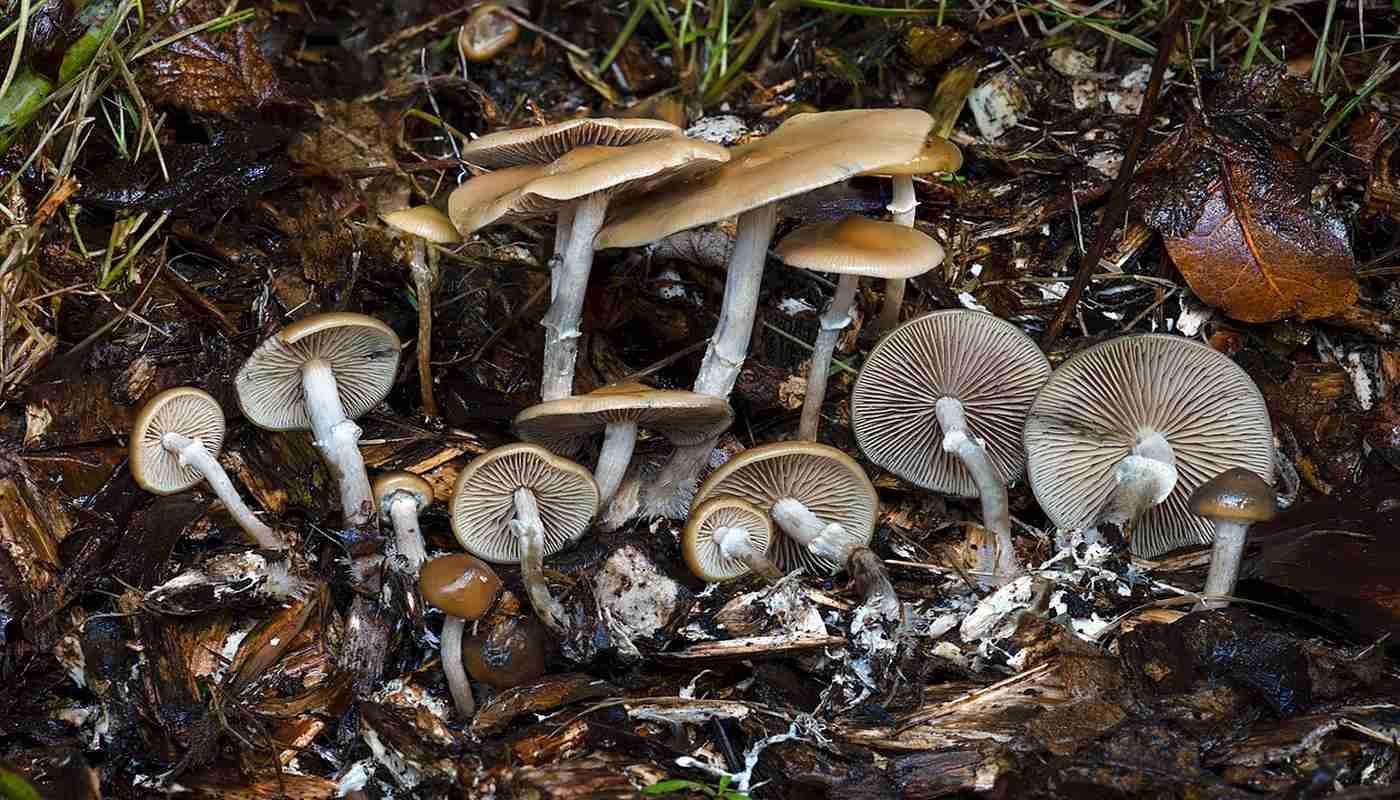These States Allow Visitors Free Off-Road Wheelchairs In Their Parks and Nature Areas
Michigan, Minnesota, South Dakota, Georgia, and Colorado all offer complimentary off-road wheelchair usage for disabled guests.

A November 8th referendum legalized possession and use of psychedelic mushrooms in Colorado, making it the second state after Oregon to do so.
However with no recreational sales component to the Natural Medicine Health Act, there are some Coloradoans who will no doubt be looking up guides on how to identify a mushroom containing psilocybin in the wild.
Of the commonly taken mushrooms that contain the psychoactive compound psilocybin, three of the most potent and well-researched are Psilocybe cyanescens, Psilocybe allenii, and Psilocybe ovoideocystidiata.
Foraging for these species is quite common in the Pacific Northwest, in places like Oregon, where mycologists studying these fungi believe they may have even first evolved.
Why Oregon? There's a lot of already decayed and broken down wood in the forests there, as well as high humidity and rainfall-all conditions they thrive in.
They've found a particular niche above all that coincides with human habitation even in the urban environment-wood chips.
In a feature for National Geographic, Daniel Merino writes that they can be found growing in piles of woodchips, such as mulch beds, and even in business landscaping. They key seems to be that the wood needs to have lost its nutrients.
"Humans do extremely unnatural things-erecting large concrete jungles where we lay down copious amounts of wood chips," Jordan Jacobs, a fungi forager and chemist who runs a lab in Oregon, told Nat Geo.
"It's fascinating that a psychoactive mushroom that has potential long-lasting effects on human consciousness has decided that this ecological niche suits it well."
P. cyanescens and P. allenii never grow more than a few inches tall, and both have white stems and a chestnut brown cap. Their spores are dark purple, and if you expose the inner flesh to oxygen they turn a deep purplish blue. P. cyanescens develops a wavy, ruffled edge to its cap that lends to its colloquial name-wavy caps.
P. ovoideocystidiata looks much the same, only it's a little bigger with a thicker stem and wider cap.

National Geographic heard from experts who believe the spores of these woodchip-loving species have now infested the commercial woodchip supply chain, mostly based on anecdotal accounts of mushrooms growing in isolated places that have had contact with woodchip supplies.
Anywhere there are woodchips put down, two days following a good rain, (a waxing moon may be better though that's not been proven) there is a chance of foraging these psychedelic mushrooms which often have their hyphae growing out of a woodchip itself-another useful clue.
All mushrooms should be identified with 100% confidence, i.e. they should tick every box and leave no doubt in your mind. Otherwise foragers risk being envenomed.
SHARE These Psychoactive Foraging Tips With Your Friends In Colorado…
Be the first to comment